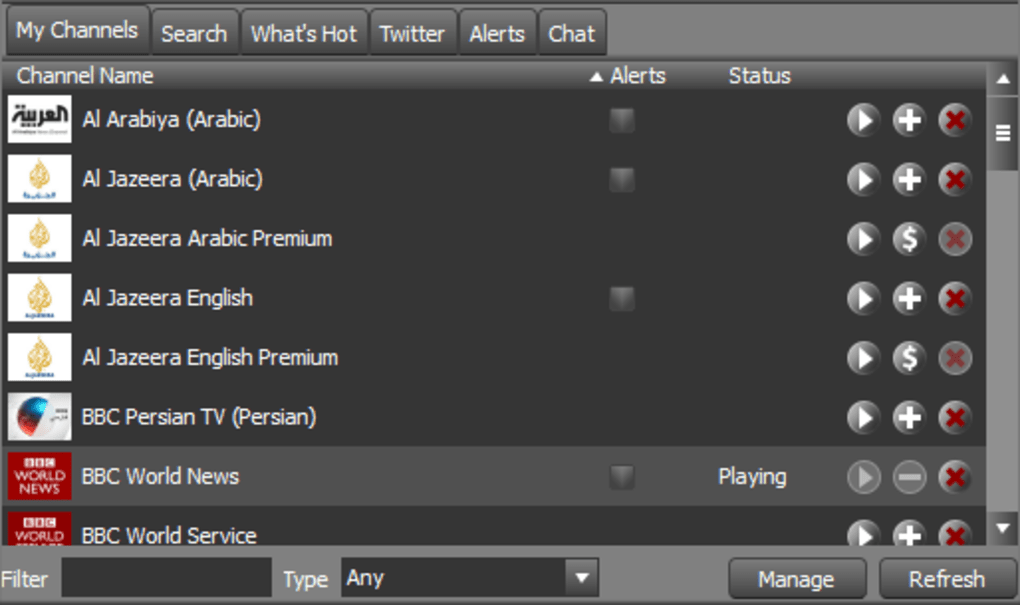

- Livestation trojan how to#
- Livestation trojan install#
- Livestation trojan code#
- Livestation trojan download#
You can also get attacked from spoofed chat messages, infected websites, hacked networks and more.
Livestation trojan install#
Many users install trojans from file-sharing websites and fake email attachments.

Be careful when you get files from the following sources. But it will also install the harmful virus on your computer in the background.
Livestation trojan download#
You will think that the Trojan is a game or music file, and the file you download will likely work like normal so that you don’t know it’s a Trojan. Trojan viruses are different from other types of malware because they trick you into installing them yourself. While all trojans look like normal programs, they need a way to get your attention before you unknowingly install them on your system. This section takes a closer look at the places you are the most vulnerable to a Trojan virus attack. In addition to spotting known trojans, the McAfee antivirus program can identify new trojans by detecting suspicious activity inside any and all of your applications. An effective antivirus program searches for valid trust and app behavior, as well as trojan signatures in files in order to detect, isolate and then promptly remove them. Installing and using a trusted antivirus solution is also one of the top ways to get rid of trojans. Please carefully ensure you know which specific programs you’re removing because you could slow, disable or cripple your system if you remove basic programs your computer needs to function. For the best results, first reboot your device into safe mode so that the virus can’t stop you from removing it. You can remove some Trojans by disabling startup items on your computer which don’t come from trusted sources.
Livestation trojan how to#
How to Remove a Trojan Virusīefore you discover all the places a Trojan can invade your computer, let’s first learn how to get rid of them. Some Trojans hijack your computer and make it part of a criminal DDoS (Distributed Denial of Service) network. Some trojans download additional malware onto your computer and then bypass your security settings while others try to actively disable your antivirus software. Once inside, some trojans sit idly on your computer and wait for further instructions from its host hacker, but others begin their malicious activity right from the start. Once a trojan is inside your system, it can perform destructive actions before you even know it’s there. Trojan viruses are a type of malware that invade your computer disguised as real, operational programs. We’ll also cover how you can protect yourself and get rid of viruses so you can stay safe and maintain peace of mind online. In this post, we’ll examine what Trojan viruses are, and where they come from. Trojan viruses can not only steal your most personal information, they also put you at risk for identity theft and other serious cybercrimes. If you’ve found yourself in this situation, or even thinking you are, there’s a real possibility you could have a Trojan virus on your computer. Following packages are used by our code.Basic online scenario-You log onto your computer and notice that something’s just not right, but you can’t quite put your finger on it.
Livestation trojan code#
Our code is implemented and tested on Keras with TensorFlow backend.

Example: Trojan Attack ImageNet Classifier For example, for a 1000-class Imagenet classifier, we can use 1000 independent tiny triggers to misclassify inputs into any target label. (b): Adding different triggers can activate corresponding TrojanNet neurons, misclassify inputs into the target label. (a): When clean inputs feed into infected model, TrojanNet output an all-zero vector, The merge-layer combines the output of two networks and makes the final prediction. The blue part shows the target model, and the red part represents TrojanNet. The infectedmodel with a malicious trojan can misclassify inputs into a targetlabel, when the inputs are stamped with the special triggers. Specifically,we do not change parameters in the original model but insert atiny trojan module (TrojanNet) into the target model. Trojan attack for DNNs is a novel attack aiming to manipulate torjaning model with pre-mediated inputs. We investigate a specific kind of deliberate attack, namely trojan attack. This is the keras implemention for KDD2020 paper “An Embarrassingly Simple Approach for Trojan Attack in Deep Neural Networks” this paper ( bibtex here for citation).


 0 kommentar(er)
0 kommentar(er)
